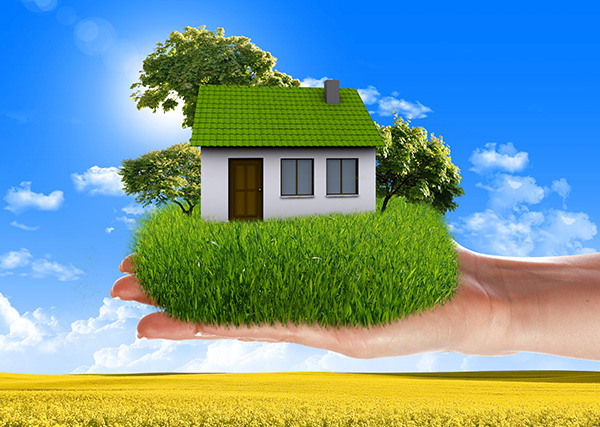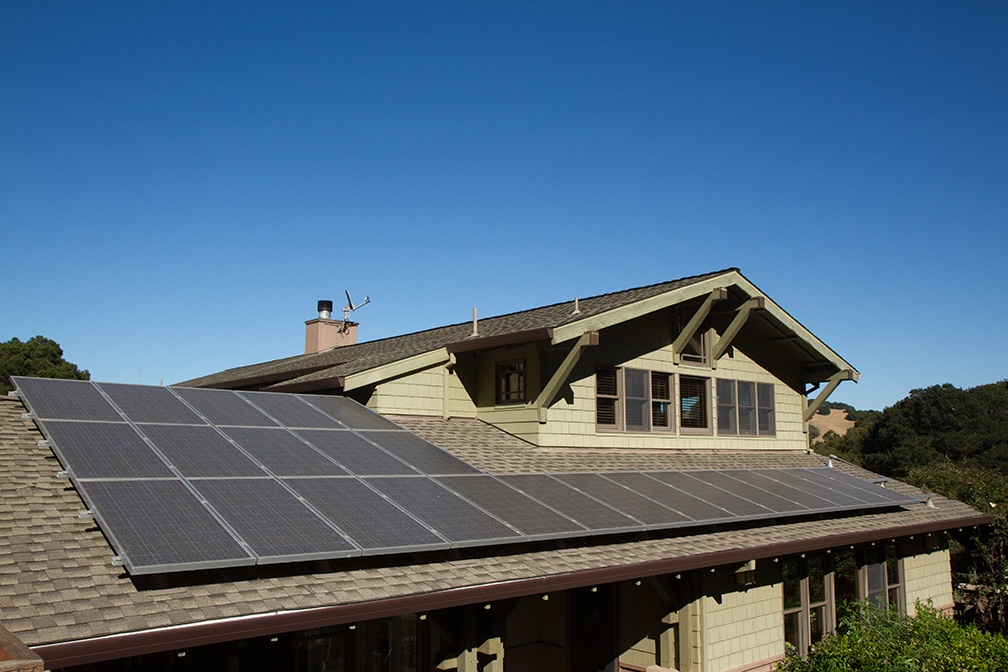Green Technology To Reduce Your Home’s Carbon Footprint
 When you are a homeowner looking to reduce your carbon footprint, there are a number of steps you can take to make your home earth-friendly. From passive solar heating to solar panels, you can make a difference in the impact your home has on the environment.
When you are a homeowner looking to reduce your carbon footprint, there are a number of steps you can take to make your home earth-friendly. From passive solar heating to solar panels, you can make a difference in the impact your home has on the environment.
Even when you aren’t building a new home, changes can be made to an existing property to increase efficiency and reduce reliance on utility systems.
Invest In Solar Power
Solar panels are one of the most popular ways to reduce your carbon footprint, and with good reason. Solar panels often produce enough electricity so that you have energy to sell back to the energy grid every month. Over time, solar panels on your property can earn you money instead of costing money in utility bills.
Consider Passive Solar Designs
Passive solar is heating your home with the sun by using the right design. For example, certain materials such as slate holds heat. If you have a room that gets plenty of sunlight during the day, a slate floor can help keep the room warmer once the sun sets. If the floor is made from a material that dissipates heat, such as ceramic tile, your home won’t benefit from the sun once it sets.
Radiant Floor Heating Saves On Energy Costs
Heat rises, and those that invest in radiant floor heating find that it is easier to heat up a room. Radiant floor heating uses coils below the surface of your floor, creating heat. The heat rises into the room instead of getting blown in through a heating vent. This reduces the amount of energy you need to heat your home.
Invest In Energy Efficient Appliances
Every appliance that you use in your home has an impact. Consider investing in energy efficient appliances when you are trying to make your home more earth friendly. You will save money on utility costs and help the environment at the same time.
Consider a Clothesline
The energy used to heat your clothes and dry them can be eliminated if you simply hang everything outside to dry. While this adds to your workload, it is a free way to reduce your carbon footprint.
When you have a home, there are a number of ways you can help reduce your impact on the environment. Set up a recycling area in your home, have a vegetable garden if possible, and use electricity only when necessary.
Enjoy your space and don’t be afraid to try new ideas to reduce waste within your home.

 Sustainable materials, energy savings and smart home technology are high on the list of buyer wants in a home. But there are some other architectural and design trends that will change the way Americans live this year and beyond.
Sustainable materials, energy savings and smart home technology are high on the list of buyer wants in a home. But there are some other architectural and design trends that will change the way Americans live this year and beyond. In recent years, building an environmentally friendly home or updating an existing home to be more energy efficient has become much more mainstream. While building an entirely green residence isn’t always fiscally possible, simple eco-friendly building techniques and upgrades will ultimately lower your water and electricity bills.
In recent years, building an environmentally friendly home or updating an existing home to be more energy efficient has become much more mainstream. While building an entirely green residence isn’t always fiscally possible, simple eco-friendly building techniques and upgrades will ultimately lower your water and electricity bills.